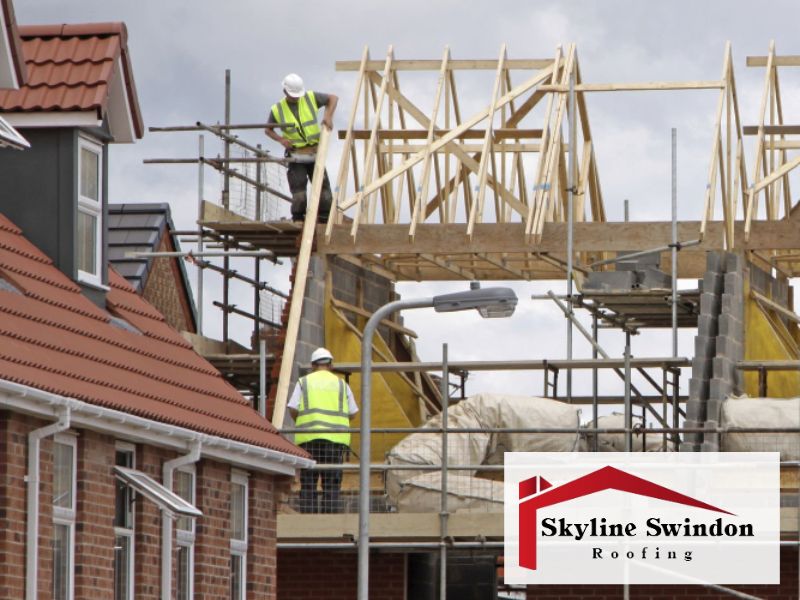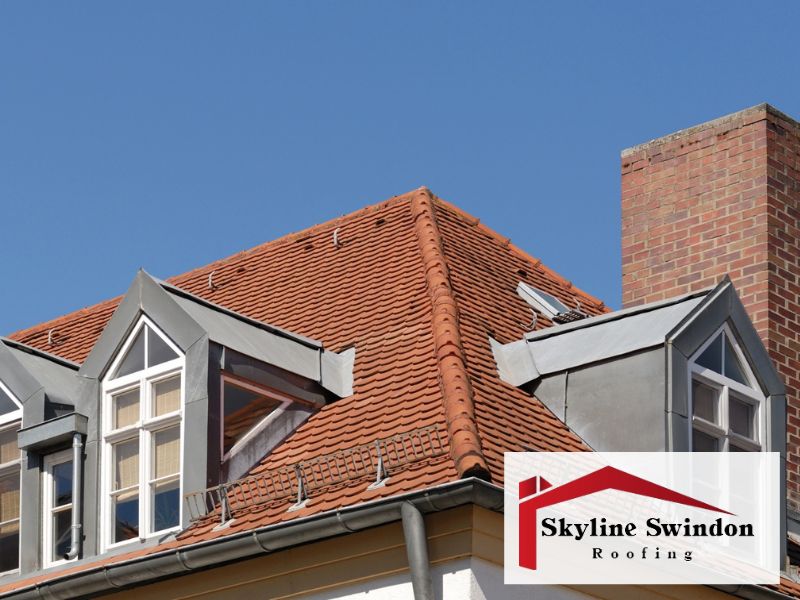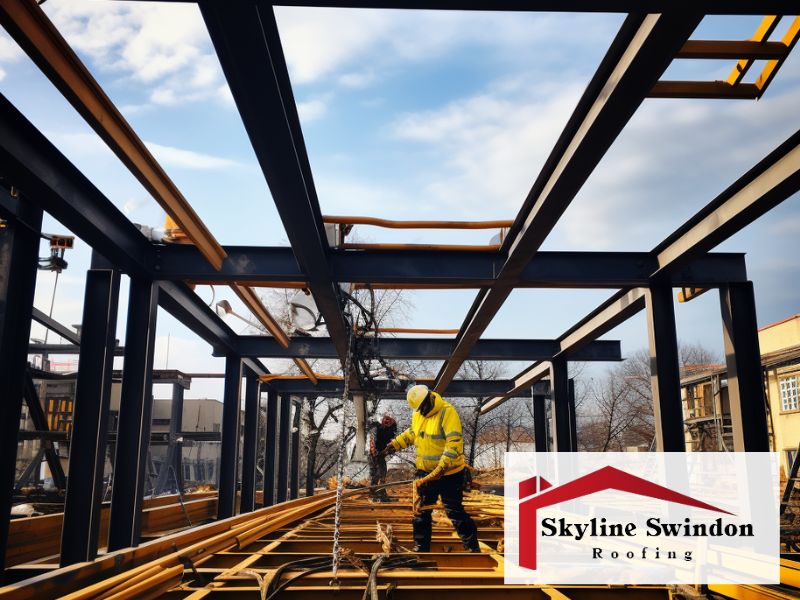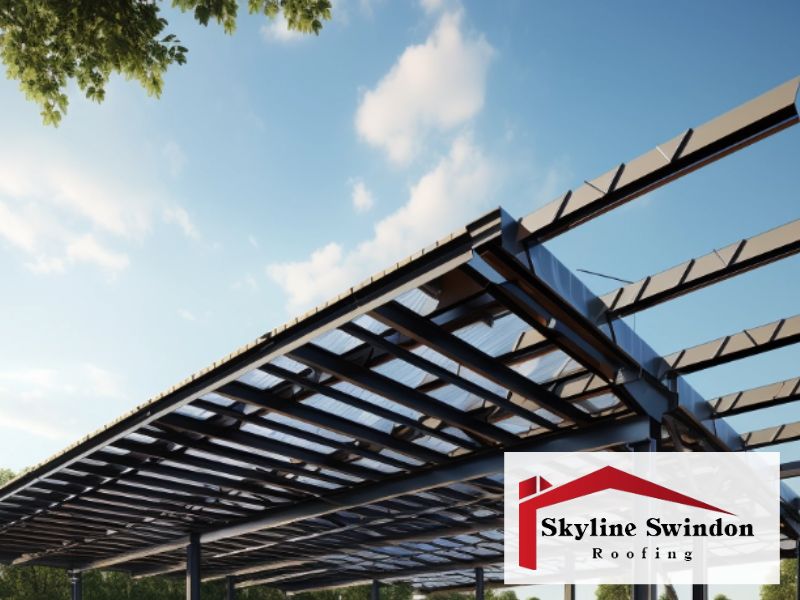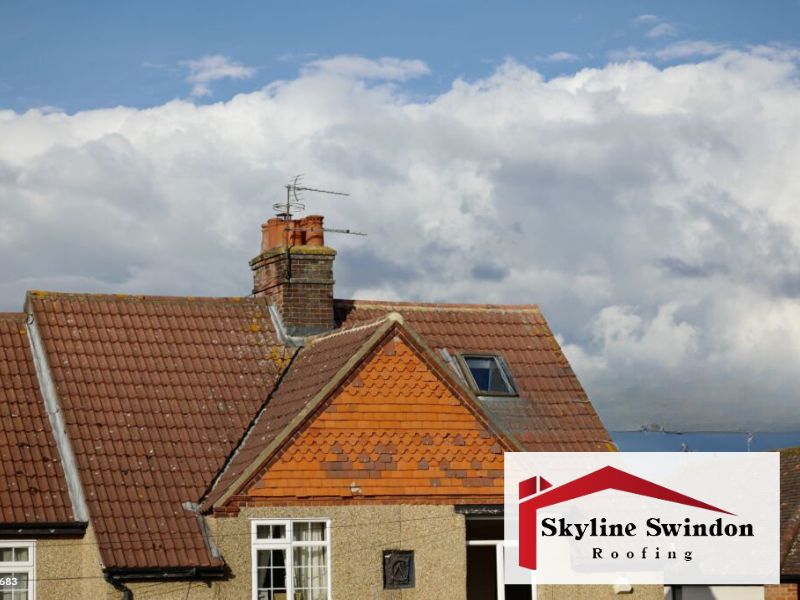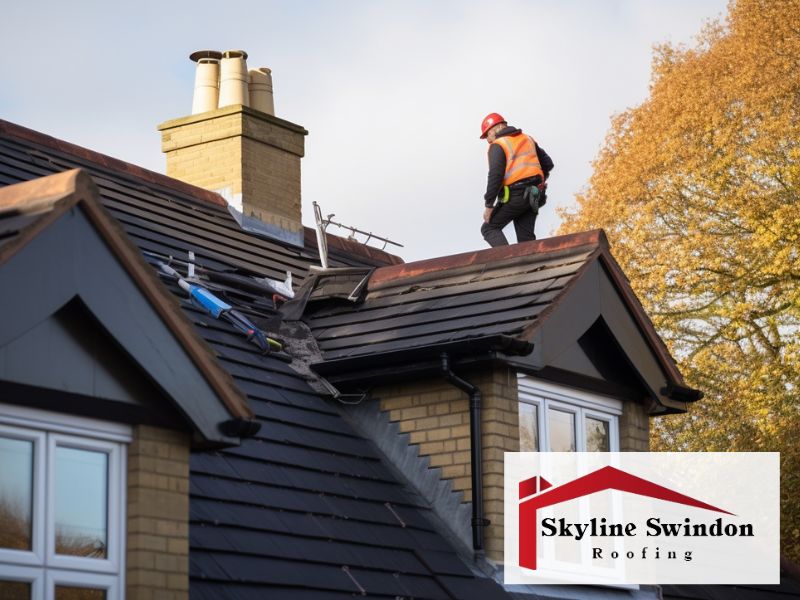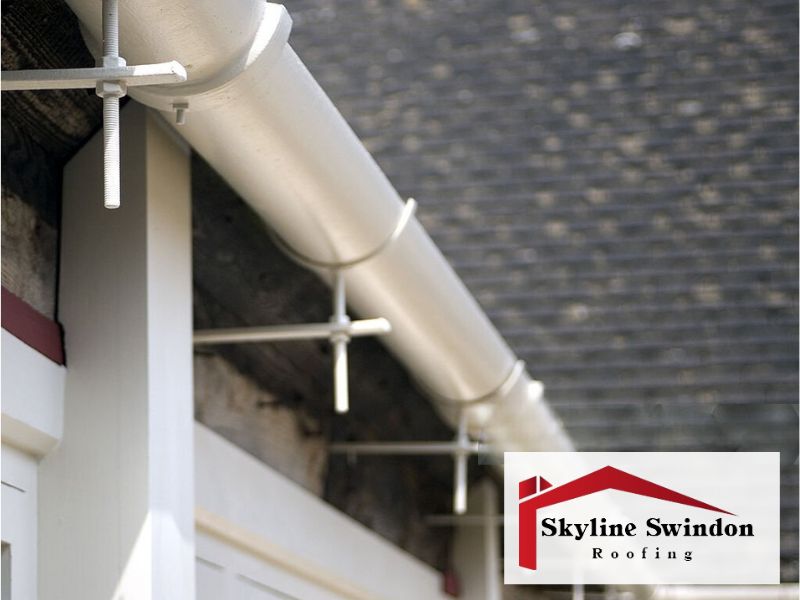A well-maintained roof is crucial for protecting property from exterior damage. In the UK, flat roofs are especially common for extensions and commercial buildings due to their affordable price and simple structure. However, these roofs require timely replacement every 15-25 years on average to avoid problems like leaks or cracks that can devalue a property.
Factors Impacting the Timeline of Replacing a Flat Roof
The duration of flat roof replacement depends on several key considerations:
Size and Shape of the Roof
- Larger or irregularly-shaped roofs require more time and material to replace
- Simple, rectangular extensions can be quicker with easier access
- Assess roof size, slope, and layout first to estimate timeframe
Choice of Roofing Materials
- Bitumen felt, GRP fibreglass, EPDM rubber, and other materials have different installation processes
- Material durability and cost also affect selection
- Lightweight synthetic materials may enable faster application
Weather and Temperature
- Roofing work very weather-dependent
- Cold, rain, or high winds halt progress
- Schedule work during predicted dry spells
- Avoid winter months if possible
Preparations Required Before Replacement
Thorough Roof Inspection
An extensive roof inspection by a certified surveyor checks for:
- Signs of underlying water damage or structural issues
- Points of leakage or holes
- Damaged or spongy sections that require repairs
Addressing problems early reduces complications later and ensures the new roof lasts. Inspection reports guide required repairs.
Acquiring Permits
Most roof replacements require planning permission or building permits that ensure:
- Compliance with health and safety regulations
- Structural soundness
- Compliance to local building codes
Permit approval takes 4-6 weeks typically
Hiring Reputable Roofing Contractors
The right roofing contractor guarantees quality work on schedule. Check for:
- 5+ years of proven experience
- Specialty in flat roof installation
- Extensive portfolio of projects
- Strong industry reputation
- Licensed and insured
An experienced roofer like MAR Roofing prevents delays through skilled project execution.
Step-by-Step Guide to Replacing a Flat Roof
Removing the Existing Roof
To expose the roof substrate or base decking:
- Clear roof area of furnishings and fixtures
- Take safety precautions like harnessing and scaffolding
- Carefully dismantle fixtures like vents and skylights
- Strip away old membrane and roofing layers
- Responsibly dispose at registered waste sites
Repairing Structural Damage
Inspection reveals areas needing repair like:
- Rotten roof deck boards
- Rusting nails
- Deteriorated flashing
- Loose insulation
Repairing underlying structural damage prevents future roof problems.
Installing the New Roof Membrane
Common systems include:
- Bitumen felt – Asphalt-soaked roofing felt installed in layers
- GRP fibreglass – Durable laminated fibreglass
- EPDM rubber – Flexible and seamless rubber sheets
Proper installation techniques are vital for weatherproof, long-lasting roofs, such as:
- Precision cutting to size
- Securing layers with adhesive and mechanical fixings
- Sealing joints with tape or heat welding
Re-installing Roof Features
Replace and seal:
- Vents, outlets, pipes
- Skylights
- Safety railings
- Solar panels
Typical Timeframe for Completing Flat Roof Replacement
Key Factors Impacting Project Duration
- Roof size – Larger roofs require more materials and work
- Access issues – Height, steepness, confined spaces prolong projects
- Material choice – Simple systems enable faster application
- Weather delays – Heavy rain or winds halt exterior work
With optimum conditions, experienced roofers estimate:
- Small, single story roofs: 2-3 days
- Average sized roofs (up to 60 m2): 3-7 days
- Large or complex roofs: 6+ weeks
- Commercial roofs: 3+ months
Effective Project Management
Strong coordination between homeowners and contractors ensures the roofing goes to schedule.
- Provide clear project expectations and timeline
- Maintain frequent progress updates
- Quickly address any challenges arising
- Be flexible regarding potential delays
Frequently Asked Questions
How long does replacing a flat roof take on average?
The typical timeframe ranges from a few days for small domestic roofs to several weeks or months for larger commercial projects. Factors like weather, access, complexity and contractor experience significantly impact durations.
What are some ways to speed up the roof replacement process?
- Select faster-to-install roofing materials like lightweight synthetics
- Schedule work during months with better weather guarantees
- Hire experienced roofers with capability to work quickly
- Ensure easy access to the roof and availability of materials
Can weather seriously delay flat roof installation?
Absolutely – roof replacements require dry, mild conditions. Heavy rain forces delays while strong winds make working safely impossible. Scheduling contingency days helps cope with bad weather spells. Close coordination with the contractor enables staying on track.
When do you know it’s time to replace a flat roof?
Warning signs justifying flat roof replacement include:
- Visible water damage or leaks
- Cracks wider than 2 mm
- Spongy, sagging areas
- Severe blistering or bubbling
- Ponding water due to poor drainage
- Roof over 20 years old
Replacing older roofs before major failures prevents costly structural repairs later.
Should flat roof replacement be DIY or hired?
Due to intensive labour, skill requirements, and safety risks involved, professional roofers are strongly recommended over DIY. Unless highly experienced, DIY projects risk mistakes jeopardising roof watertightness. Hiring certified roofers ensures compliance to standards and faster completion through practised workflow.
While initial quotes might seem expensive, professionals deliver high quality, long-lasting roofs first time round – saving greatly on future repairs.
Replacing flat roofs in the UK is a complex project requiring thorough planning, permits, materials calculation, structural checks, safety protocols and perfect execution for reliable weatherproofing.
While small domestic roofs can be replaced within days, more extensive ones take weeks or months depending on scope, access, approvals, weather and contractor capability. Careful coordination is key between homeowners and roofers through the preparation, installation and post-project phases.
Investing in durable, professional roof installations guarantees enhanced property valuations and reduced lifetime costs from permanent solutions exempt from recurring repairs. Through careful project management, UK flat roof replacements can progress smoothly from inspection to completion across varied dwelling sizes.
Thanks for reading our post, feel free to check out our other services:


